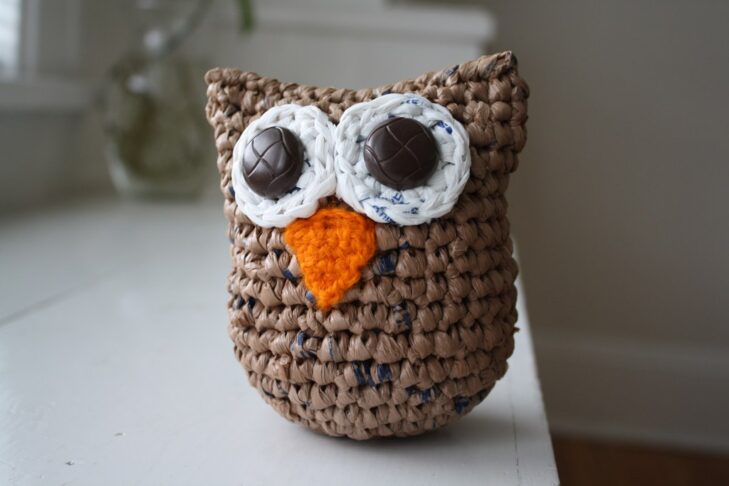When he was about 7 years old, my son wrote an “owl Haggadah.” He and his sister illustrated it too. His followed the usual seder structure and even included all the basic prayers. But when it came to telling the Passover story, Moses and the Israelites were all owls. As slaves, they could not hoot or fly, and baby Moses Owl was sent down the river in a nest, not a basket. But my favorite part, without question, is in place of the plague of darkness, Egypt had to endure a plague of light, an owl’s worst nightmare.
While some may find the notion of an owl Moses blasphemous, I think it’s a true reflection of the meaning of Passover. My son understood he had the freedom to tell the story in a way that was meaningful and memorable to him (and, of course, to all who attended, too). After all, if we can imagine being Hebrew slaves in Egypt, why can’t we picture ourselves as slaving owls? He had been told the story enough that he knew it, and then retold it in his own avian voice.
This was so different from my seders growing up. Using the iconic Maxwell House Haggadah like thousands of other families, my grandfather would read and recite the blessings and texts in Hebrew, which no one else understood. He read, we talked, then we ate. After dinner, the neighbors, aunts, uncles and cousins would adjourn to the living room while my grandfather sat at the dining room table by himself and finished the Haggadah.
Related
Things have changed. Seders today often include songs and poems, puppets and props. (Ping-pong balls make great “hail,” by the way!) We are commanded to tell the story to our children while feeling that we ourselves, not just our ancestors, were slaves unto Pharaoh. The more fun you can make the telling of the tale, the more likely kids are to remember it. Seders can, and I think should, change and develop just as our children do.
As fun as it may be, celebrating freedom, especially in difficult times, is a serious matter. In our case, we’ve replaced many of the parody songs we included in the past with a more thought-provoking reading, poem or protest song (Nina Simone’s “I Wish I Knew How It Would Feel to Be Free” is a personal favorite). For us, Passover is an opportunity to thoughtfully and playfully celebrate our freedoms.
The connection between Passover, freedom and play is what inspired JArts to commission “The Shape of Play,” a freedom- and play-themed sound and sculpture installation by artist Sari Carel. While the piece was originally scheduled to be in place in early May, given the constantly evolving state of the coronavirus, the installation has been delayed. However, conversations about the role of freedom and play in our lives as portrayed by the project are more timely and important than ever. We have taken elements of this project and digitized them to share with you, and invite you to spark your own freedom conversations, with or without Moses Owl.
We wish you good health and comfort in these challenging times.
This post has been contributed by a third party. The opinions, facts and any media content are presented solely by the author, and JewishBoston assumes no responsibility for them. Want to add your voice to the conversation? Publish your own post here. MORE





